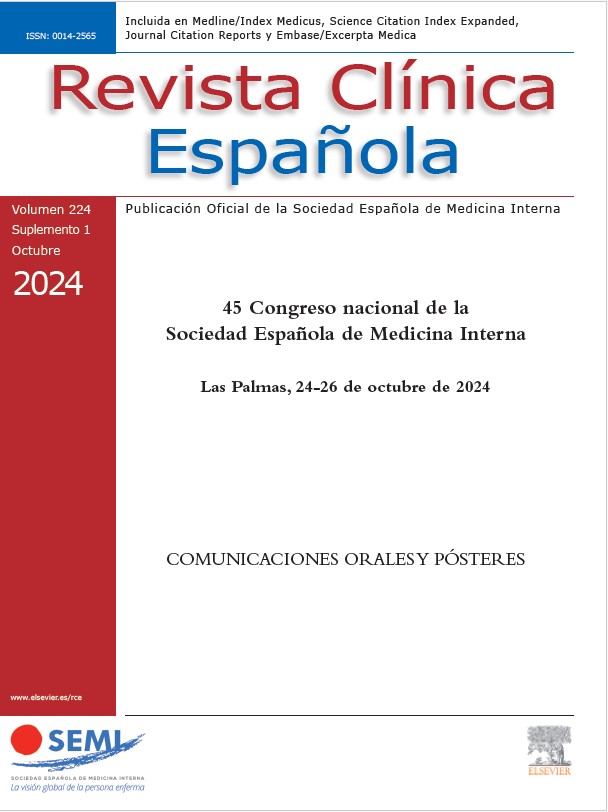Afganistan
Albania
Alemania
Andorra
Angola
Anguilla
Antartica
Antigua and barbuda
Antillas holandesas
Arabia saudita
Argelia
Argentina
Armenia
Aruba
Australia
Austria
Azerbaijan
Bahamas
Bahrain
Bangladesh
Barbados
Belarus
Belgica
Belice
Benin
Bermudas/antillas britanicas
Bhutan
Bolivia
Bosnia y herzegowina
Botswana
Brasil
Brunei darussalam
Bulgaria
Burkina faso
Burundi
Cabo verde
Camboya
Camerun
Canada
Chad
Chile
China
Chipre
Colombia
Comoros
Corea
Costa rica
Cote d´ivoire
Croacia
Cuba
Dinamarca
Djibouti
Dominica
East timor
Ecuador
Egipto
El salvador
Emiratos arabes unidos
Eritrea
Escocia
Eslovaquia
Eslovenia
España
Estados federados de micronesia
Estados unidos
Estonia
Etiopia
Fiji
Filipinas
Finlandia
Francia
Gabon
Gambia
Georgia
Ghana
Gibraltar
Grecia
Grenada
Groenlandia
Guadalupe
Guam
Guatemala
Guayana britanica
Guinea
Guinea ecuatorial
Guinea francesa
Guinea-bissau
Haiti
Holanda
Honduras
Hong kong
Hungria
India
Indonesia
Irak
Iran
Irlanda
Isla bouvet
Isla cocos (keeling)
Isla cook
Isla mauricio
Isla navidad
Isla norfolk
Islandia
Islas caiman
Islas falkland (malvinas)
Islas faroe
Islas georgia del sur y sandwich
Islas heard and mc donald
Islas marshall
Islas northern mariana
Islas salomon
Islas svalbard and jan mayen
Islas turks and caicos
Islas united states minor outlyi
Islas virgenes (britanicas)
Islas virgenes (u.s.a.)
Islas wallis and futuna
Israel
Italia
Jamaica
Japon
Jordania
Kazakhstan
Kenia
Kiribati
Kuwait
Kyrgyzstan
Lesoto
Letonia
Libano
Liberia
Libia arab jamahiriya
Liechtenstein
Lituania
Luxemburgo
Macao
Macedonia
Madagascar
Malasia
Malawi
Maldives
Mali
Malta
Marruecos
Martinica
Mauritania
Mayotte
Mexico
Monaco
Mongolia
Monserrat
Morocco
Mozambique
Myanmar
Namibia
Nauru
Nepal
Nicaragua
Niger
Nigeria
Niue
Noruega
Nueva caledonia
Nueva zelanda
Oman
Pakistan
Palau
Panama
Papua new guinea
Paraguay
Peru
Pitcairn
Polinesia francesa
Polonia
Portugal
Posesiones gran bretaña
Posesiones u.s.a.
Puerto rico
Qatar
Reino unido
Republica checa
Republica de africa central
Republica de cabo verde
Republica de congo
Republica de corea
Republica de moldova
Republica democratica de laos
Republica democratica del congo
Republica dominicana
Reunion
Ruanda
Rumania
Rusia
Sahara occidental
Saint kitts and nevis
Samoa
Samoa americana
San marino
San tomas y principe
San vincent and the grenadines
Santa lucia
Senegal
Serbia
Seychelles
Sierra leona
Singapur
Siria
Somalia
Sri lanka
St. helena
St. pierre and miquelon
Sudafrica
Sudan
Suecia
Suiza
Surinam
Swaziland
Tailandia
Taiwan republica de china
Tajikistan
Tanzania
Territorio de indias britanicas
Togo
Tokelau
Tonga
Trinidad and tobago
Tunisia
Turkmenistan
Turquia
Tuvalu
Ucrania
Uganda
Uruguay
Uzbekistan
Vanuatu
Vaticano
Venezuela
Vietnam
Yemen
Yugoslavia
Zambia
Zimbawe
Lebanon
Paises bajos





